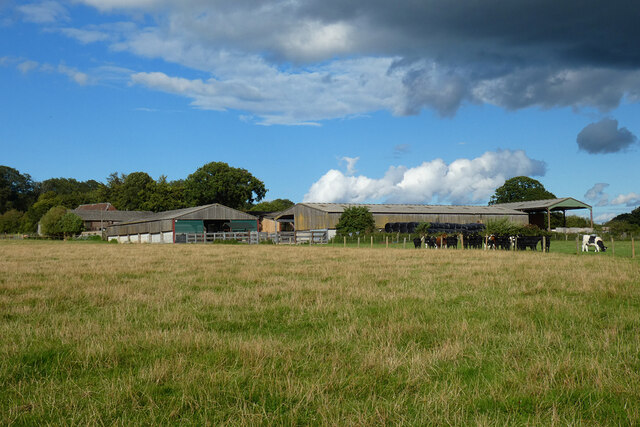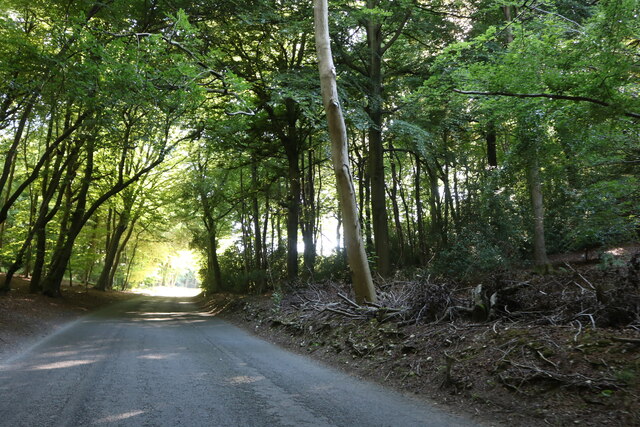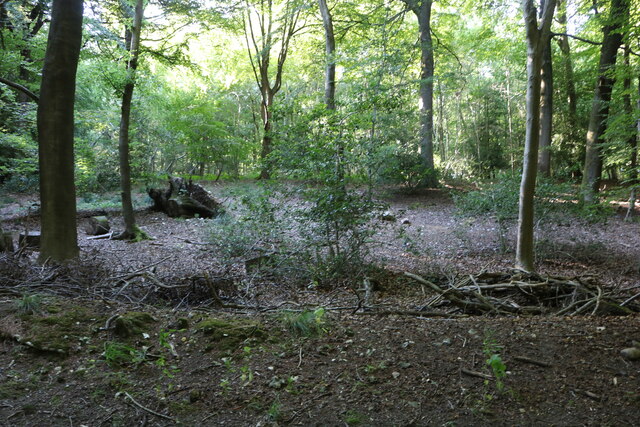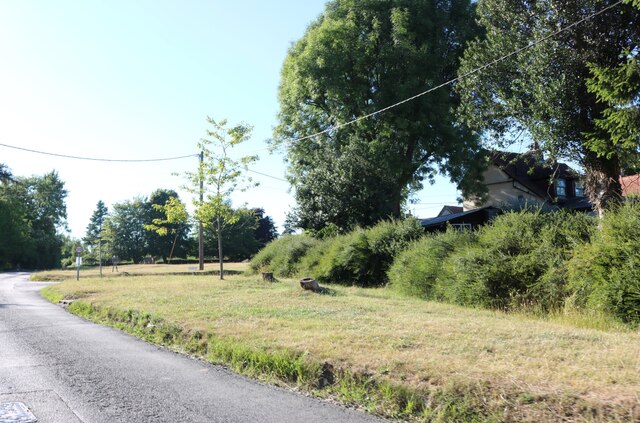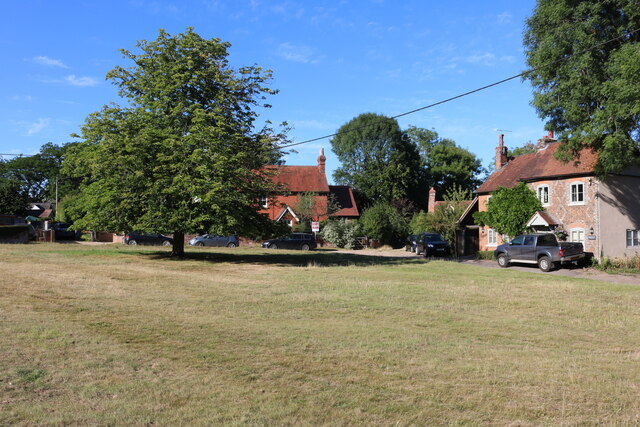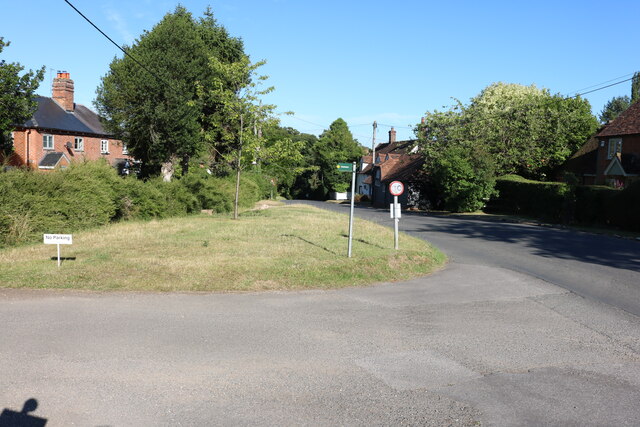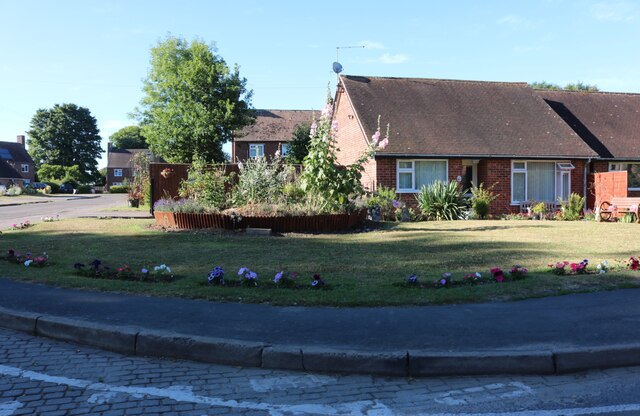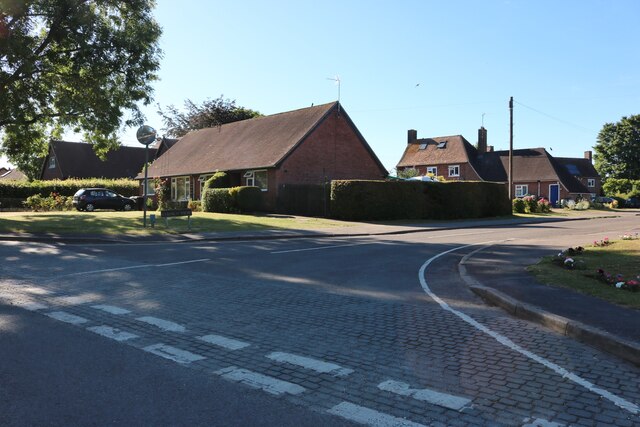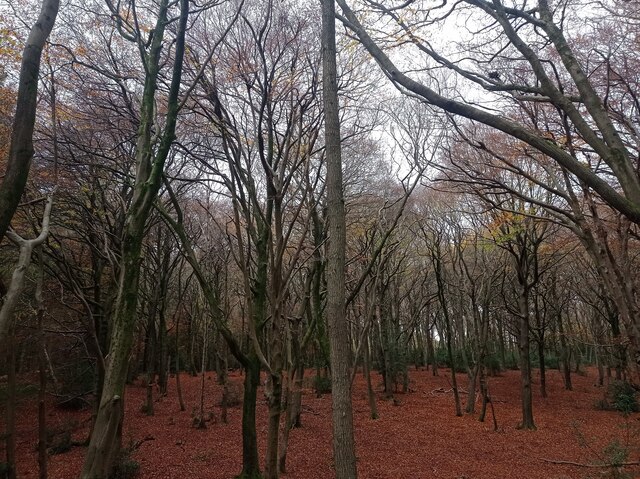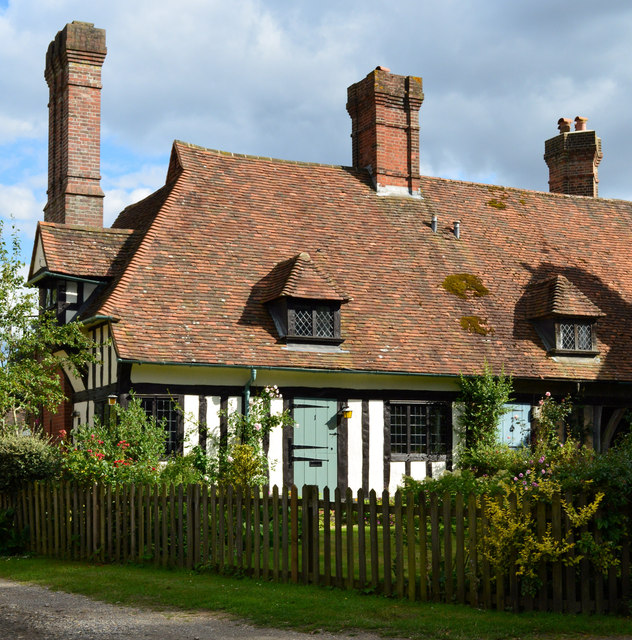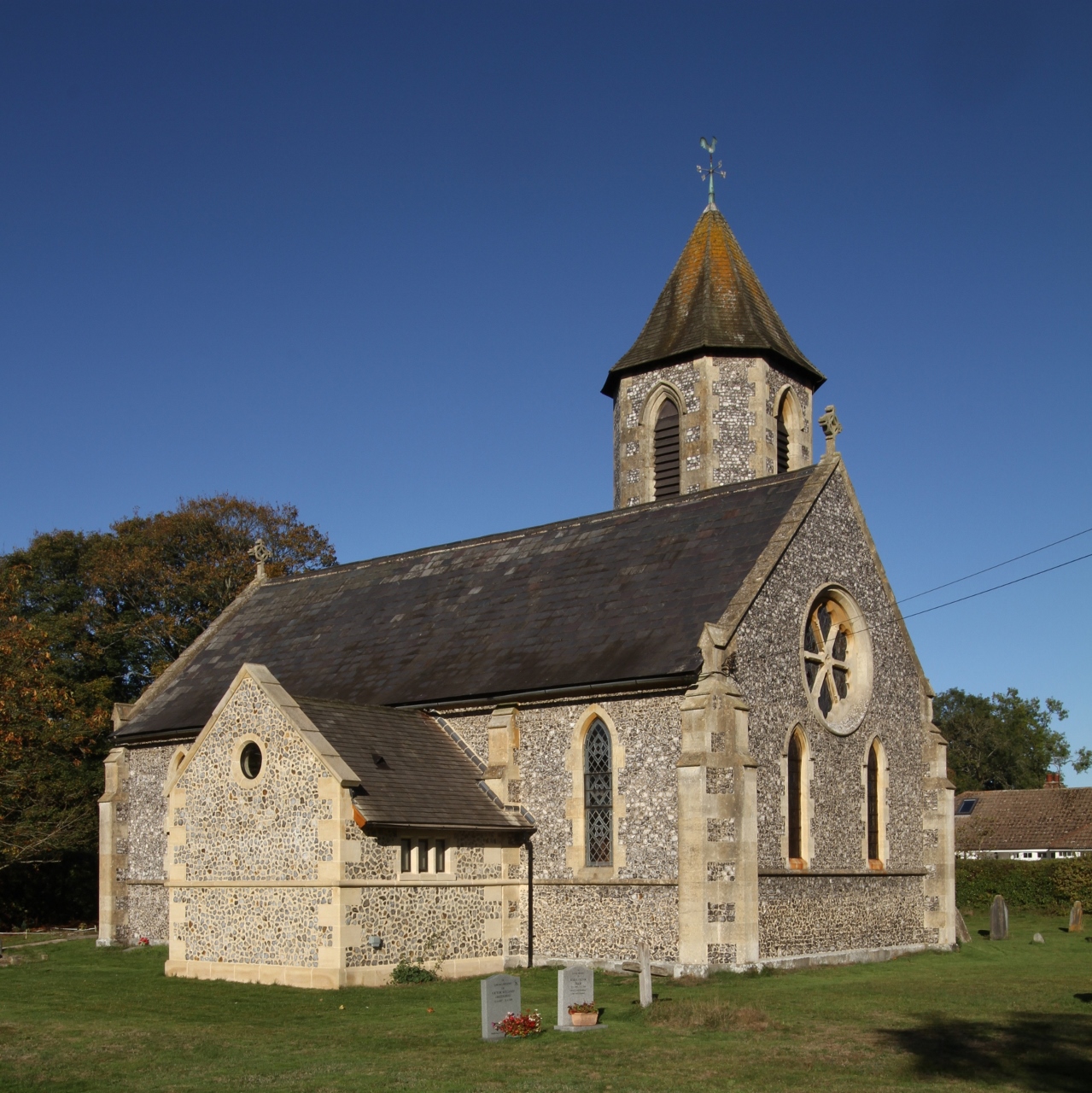Checkendon Common
Wood, Forest in Oxfordshire South Oxfordshire
England
Checkendon Common
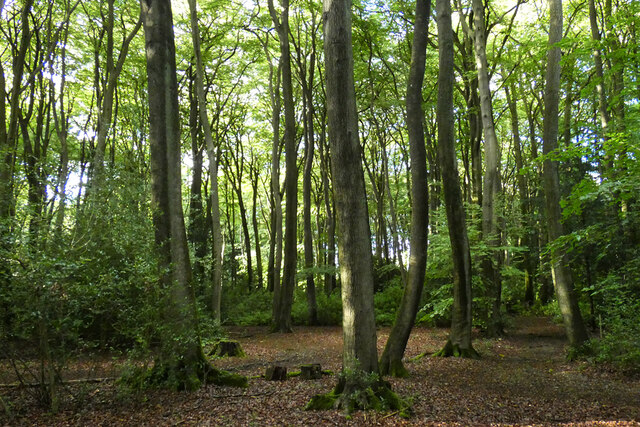
Checkendon Common is a picturesque woodland area located in Oxfordshire, England. Covering an area of approximately 40 hectares, it offers a serene and tranquil escape from the bustling city life. The common is predominantly made up of a mixture of broadleaf trees, including oak, beech, birch, and chestnut, creating a rich and diverse woodland ecosystem.
The woodland floor of Checkendon Common is carpeted with a variety of wildflowers, such as bluebells, primroses, and wood anemones, which bloom in vibrant colors during the spring months, attracting an array of insects and birds. It is a paradise for nature enthusiasts, providing ample opportunities for birdwatching, with species such as woodpeckers, nuthatches, and treecreepers commonly spotted in the area.
The common is intersected by a network of footpaths, allowing visitors to explore and appreciate the natural beauty of the surroundings. It also provides access to nearby villages, making it a popular destination for walkers and hikers. Checkendon Common is managed by the local council and is designated as a Site of Special Scientific Interest (SSSI) due to its ecological importance and diverse flora and fauna.
The woodland is not only a haven for wildlife but also serves as a recreational space for the local community. It offers picnic areas, benches, and designated spaces for outdoor activities, making it an ideal spot for family outings or leisurely strolls. With its peaceful ambiance and enchanting scenery, Checkendon Common is a true gem in the heart of Oxfordshire, providing a natural sanctuary for both wildlife and humans alike.
If you have any feedback on the listing, please let us know in the comments section below.
Checkendon Common Images
Images are sourced within 2km of 51.541232/-1.03018 or Grid Reference SU6782. Thanks to Geograph Open Source API. All images are credited.
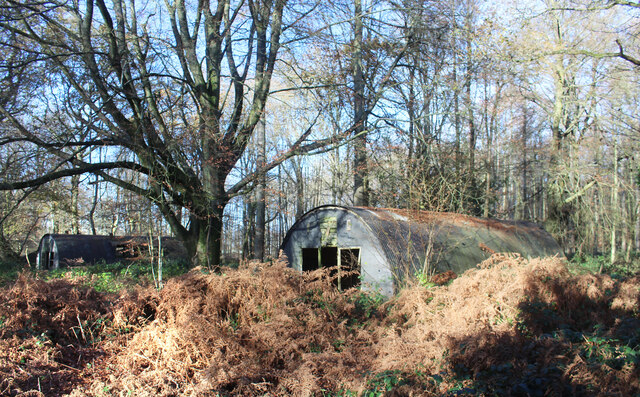
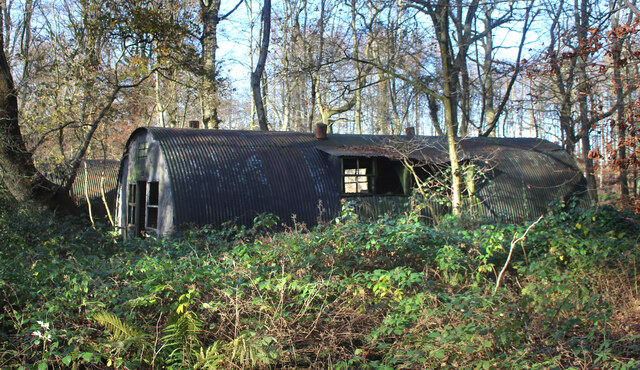
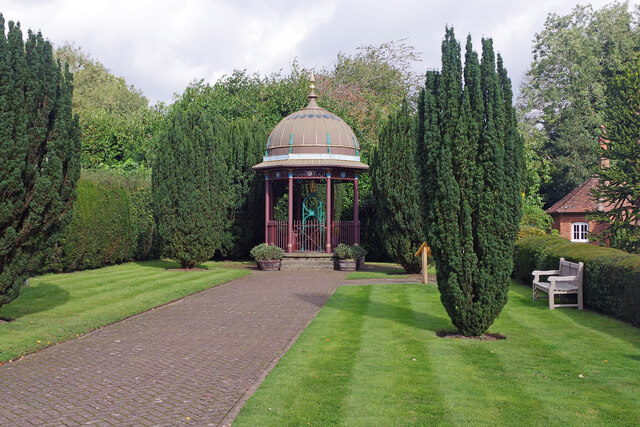
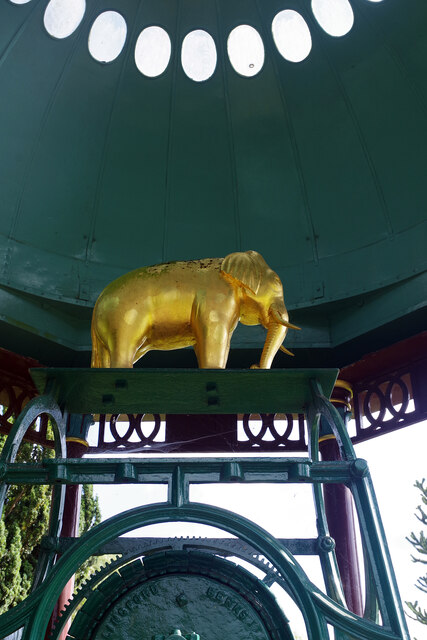
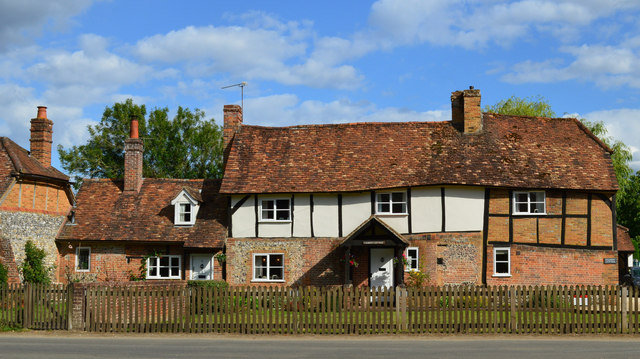
Checkendon Common is located at Grid Ref: SU6782 (Lat: 51.541232, Lng: -1.03018)
Administrative County: Oxfordshire
District: South Oxfordshire
Police Authority: Thames Valley
What 3 Words
///herbs.faded.departure. Near Rotherfield Peppard, Oxfordshire
Related Wikis
Wyfold Court
Wyfold Court is a country house at Rotherfield Peppard in south Oxfordshire. It is a Grade II* listed building. By the year 2000, the estate had been converted...
St Peter and St Paul, Checkendon
St Peter and St Paul is the Church of England parish church of Checkendon, a village in Oxfordshire, England. Its parish is part of the Deanery of Henley...
Checkendon
Checkendon is a village and civil parish about 6 miles (10 km) west of Henley-on-Thames in South Oxfordshire and about 9 miles (14 km) north west of Reading...
Stoke Row
Stoke Row is a village and civil parish in the Chiltern Hills, about 5 miles (8 km) west of Henley-on-Thames in South Oxfordshire and about 9 miles (14...
Hook End Recording Studios
Hook End Recording Studios was a recording studio located in Hook End Manor, a 16th-century Elizabethan house near Checkendon, Oxfordshire, England. Its...
Exlade Street
Exlade Street is a hamlet in Checkendon civil parish in Oxfordshire, about 6 miles (9.7 km) northwest of Reading, in the Chiltern Hills. The hamlet is...
The Oratory School
The Oratory School () is an HMC co-educational private Roman Catholic boarding and day school for pupils aged 11–18 located in Woodcote, 6 miles (9.7 km...
Ipsden Heath
Ipsden Heath is a 32-acre (13-hectare) woodland in the English county of Oxfordshire, within the Chiltern Area of Outstanding Natural Beauty. == References ==
Nearby Amenities
Located within 500m of 51.541232,-1.03018Have you been to Checkendon Common?
Leave your review of Checkendon Common below (or comments, questions and feedback).
